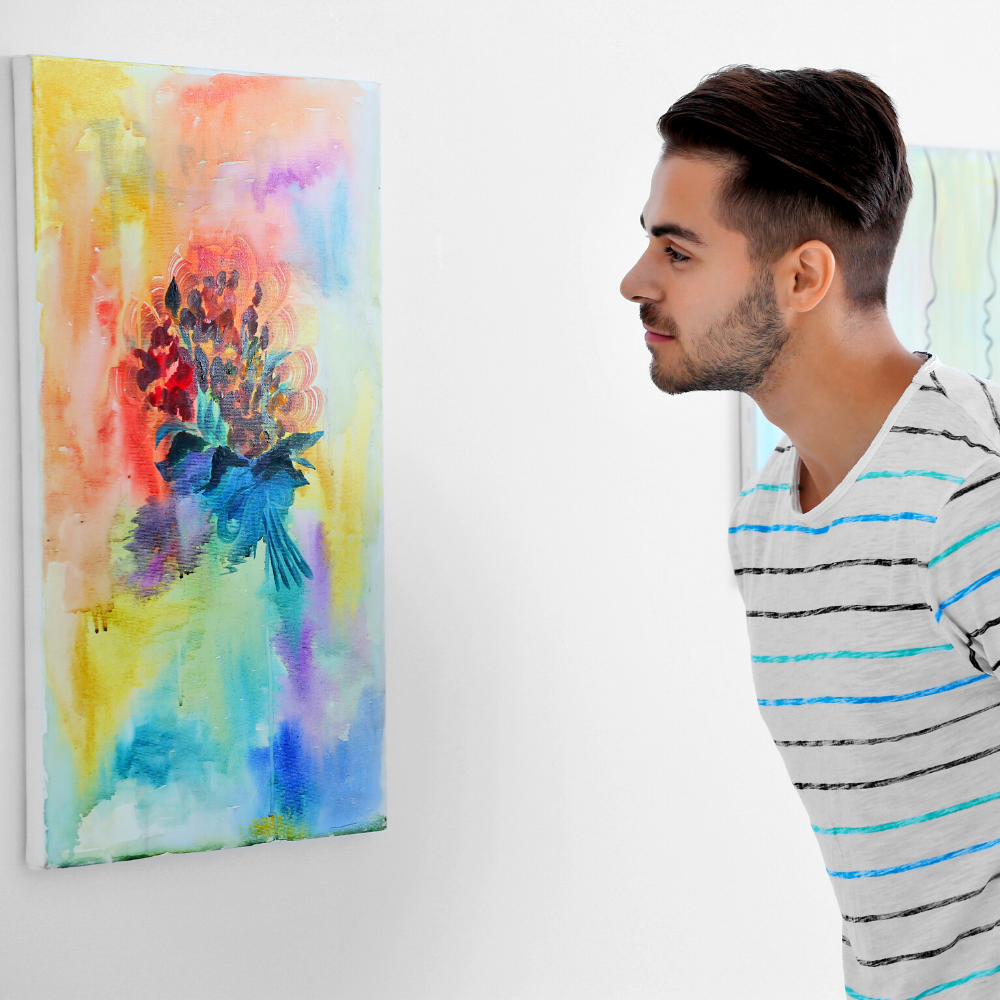Have you ever found yourself struggling to give constructive feedback on a piece of art?
Whether it's yours or someone else's, the process of art critique can seem like an impossible task.
Painting your soul onto canvas is a deeply personal act of creation, but taking that vulnerable artwork and sharing it with others for constructive feedback is no easy feat.
An art critique can feel like baring your artistic soul to face scrutiny, opening yourself up to criticism that could wound your creative spirit.
For artists and creators, having their creative work evaluated can be nerve-wracking.
Whether it's your first time showing a piece or you've been putting yourself out there for years, nothing shakes your creative confidence quite like an art critique.
But critiques don't have to be dreadful - when done right, they can foster insight, growth, and community.
As artists, we put so much of ourselves into our work: our ideas, emotions, struggles.
Having that dissected can bring up insecurity, imposter syndrome, perfectionism and more.
But the process of critique is essential for growth - it provides an opportunity to gain perspective, sharpen skills, and bring your vision into clearer focus.
Let's take a closer look at one of the hardest parts of the critique process: learning how to give and receive feedback in a way that fosters understanding rather than bruising egos.
We'll explore some of the social and psychological barriers that can make critiques challenging, as well as strategies artists of all levels can use to have more meaningful, supportive discussions about their work.
By the end, you'll feel more equipped to engage in critiques that uplift rather than undermine, empowering your creative progress.
Let's start unlocking the insights and breaking down some of the complexities that come with openly sharing and evaluating art!
Key Takeaways:
- Understanding the nuances of art critique can be challenging due to the subjective nature of art.
- Balancing honesty with sensitivity is a critical aspect of delivering a constructive critique.
- The ability to articulate complex emotions and thoughts into complete sentences that convey meaning is essential.
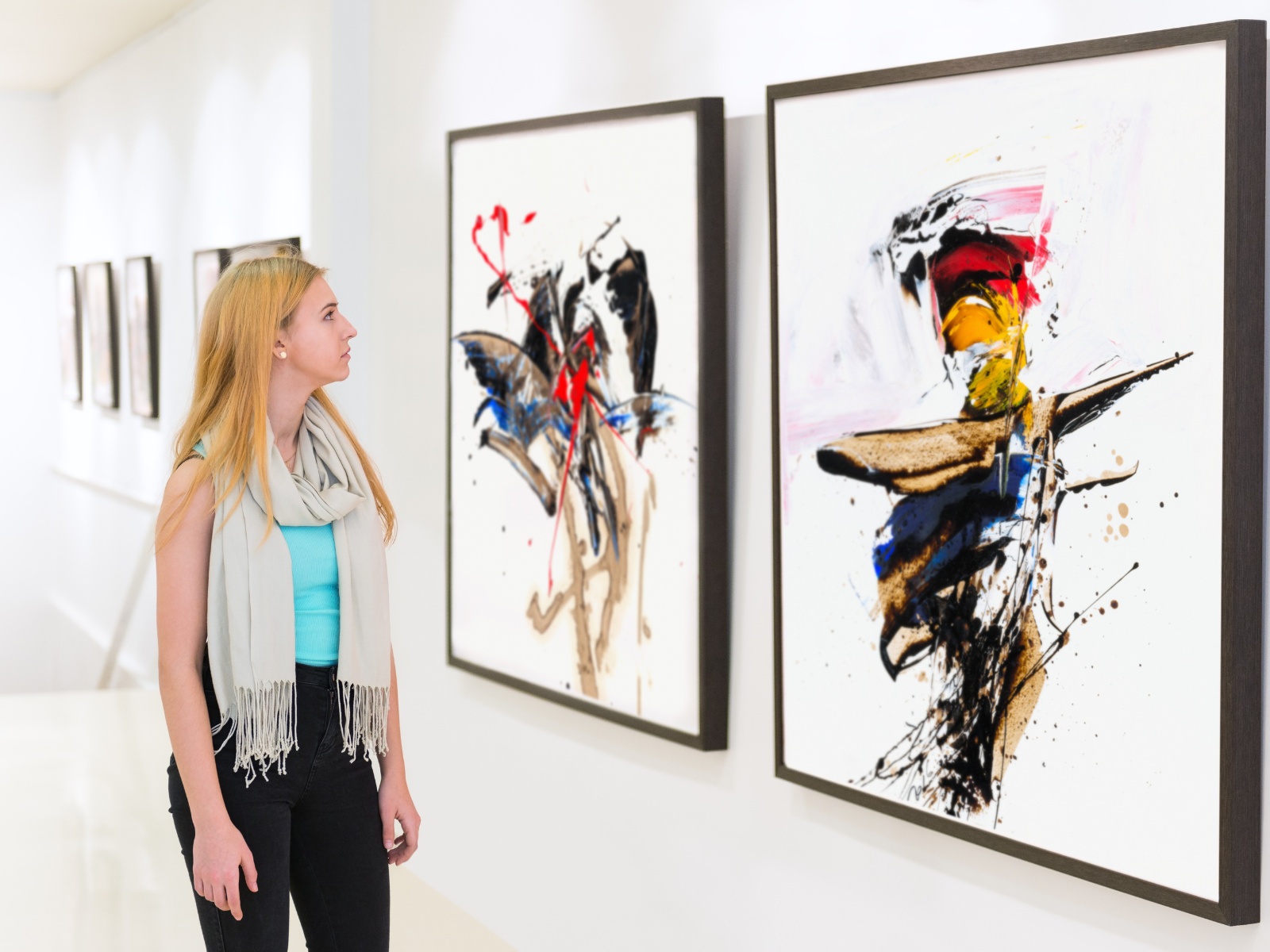

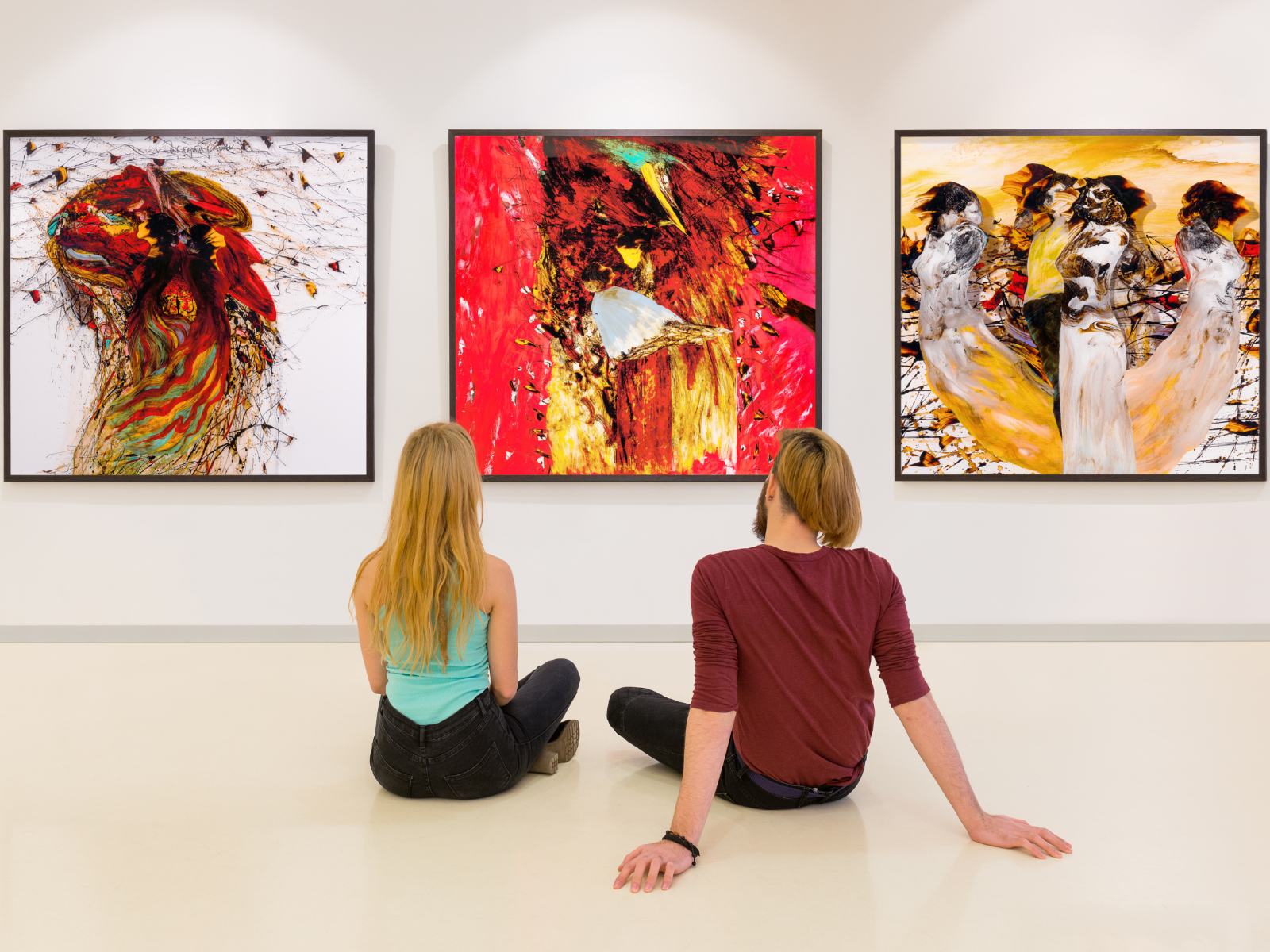
The Art of Critique
Art critique is an essential process in the world of art, serving as a bridge between the artist and the viewer.
It involves a delicate balance of analysis, interpretation, and emotional intelligence.
However, within this practice lies a myriad of challenges that can make it a daunting task.
One of the main difficulties is navigating the subjective nature of art.
Artistic expression is deeply personal, and what one person may perceive as powerful and moving, another may see as lacking or confusing.
This subjectivity makes it challenging to provide feedback that will be universally accepted.
Another challenge is the delicate balance between honesty and sensitivity.
While artists crave honest feedback to improve their craft, it can be challenging to receive and deliver art criticism without causing hurt feelings or damaging confidence.
It takes emotional intelligence and tact to provide constructive feedback that will be well-received.
The ability to articulate complex emotions and thoughts into complete sentences is also crucial in the critique process.
Artists must not only understand their own intentions and meanings behind their artwork but also have the skills to convey these ideas effectively.
This can be a difficult task, as artistic expression often involves abstract concepts and emotions that may not easily translate into words.
The Subjectivity of Art Interpretation
One of the most significant challenges in art critique is the inherent subjectivity involved in interpreting artwork.
Unlike data or figures that can be quantified, the meaning of a painting or sculpture is often open to interpretation.
Each viewer brings their own experiences, emotions, and biases to the table, which can vastly differ from the artist's intent or another critic's view.
This subjectivity can make it difficult to judge art with a definitive degree of accuracy or fairness.
For instance, a child's artwork may hold immense emotional value for a mother, while a teacher may critique it based on principles of balance, unity, and color.
Similarly, a contemporary artwork that fails to sell in the market might be praised for its transformational message and depth by critics.
The challenge lies in acknowledging these personal biases and striving to provide an honest yet balanced critique that respects the artwork's potential plurality of meanings.



The Art of Expressing Critique
Another difficult aspect of art critique is the act of expressing one's observations and opinions in a way that is both clear and respectful.
Writing about art requires a specific language that can describe textures, convey emotions, and relate the viewer's experience without diminishing the quality or intent of the work.
Critics must develop the courage to express their honest feelings about an artwork while also being mindful of the artist's vulnerability.
For example, when a critic encounters a piece that they dislike, it is their job to explain why in complete sentences that offer constructive feedback rather than simply stating their dislike.
This requires a deep understanding of the elements of art and the ability to articulate complex thoughts in a way that is helpful to both the artist and the audience.
It's a delicate dance between being truthful and being tactful, and finding that balance is often the hardest part of writing art critiques.
The Financial Implications of Art Critique
Art critique is not just about the aesthetic and conceptual evaluation of artwork; it also has significant financial implications that can affect artists and the art market as a whole.
When critics write about a piece, their opinions can influence the perceived value of the work and, by extension, the artist's financial standing.
A positive review might catapult an artist to fame and increase the demand for their paintings, leading to higher prices and more money for their creations.
Conversely, a negative critique can devalue an artwork, making it harder for the artist to sell their pieces and potentially impacting their livelihood.
The hardest part of an art critique, specifically when it comes to financial consequences, is the balance between honest evaluation and the awareness of the potential monetary impact.
Critics must navigate this delicate situation, understanding that their words can create or diminish significant value.
The texture of their language, the moment they choose to comment, and the specific angle they take can all play a part in this transformation.
As such, the responsibility to provide balanced, well-considered opinions is paramount, as these can directly translate into economic outcomes for artists and collectors alike.


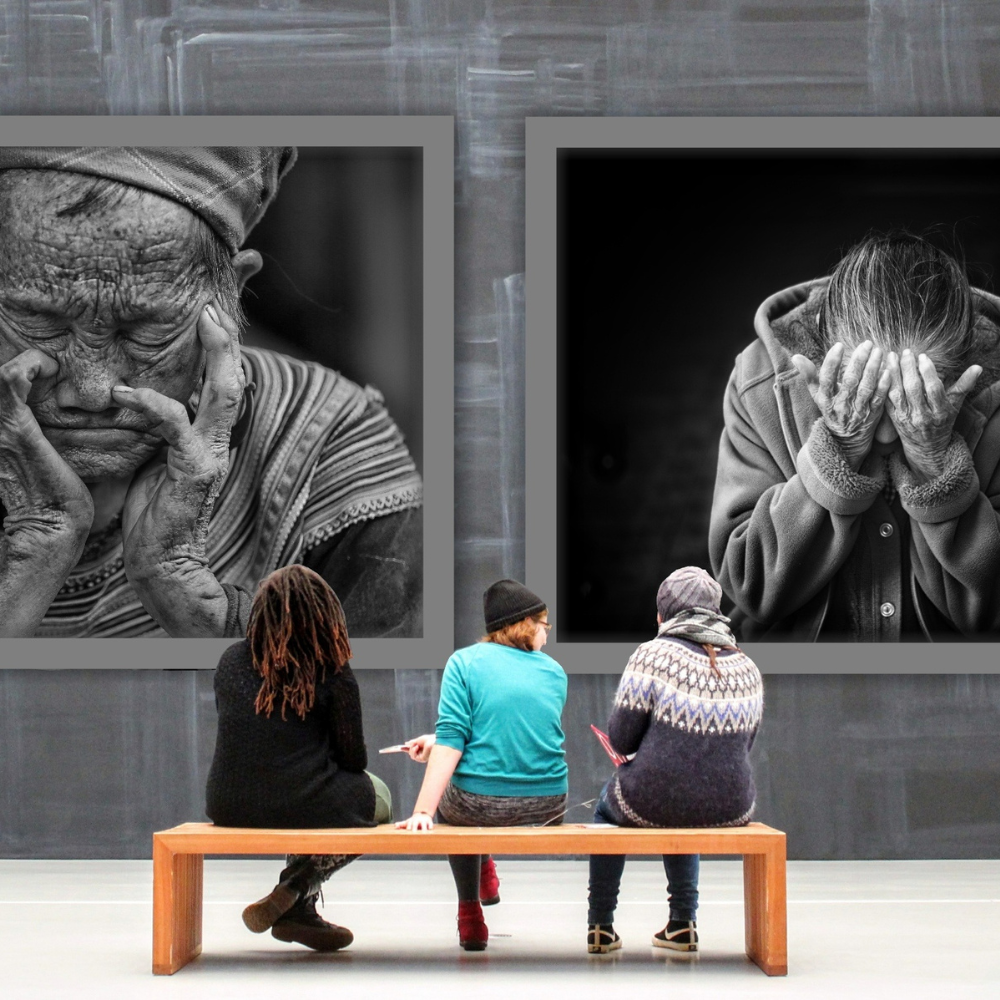
Navigating Emotional Responses
Art is a reflection of life, and as such, it can evoke strong emotions in both the viewer and the critic.
The challenge arises when critics must separate their personal feelings from an objective assessment of the artwork.
It's not uncommon for critics to feel afraid to talk about certain artworks that evoke intense emotions, as this can cloud their judgment and hinder their ability to provide a fair critique.
For instance, an artwork that depicts a traumatic event may trigger a personal reaction in the critic, making it difficult for them to remain impartial.
In such moments, the critic must practice restraint and focus on the artwork's technical aspects, message, and overall impact, rather than allowing their emotions to dictate their critique.
This requires a high degree of emotional intelligence and self-awareness, which can be challenging to maintain consistently.
The Pressure of Artistic Progress
Critiques are not just about the present; they also influence the future trajectory of an artist's work.
The hardest part for many critics is the responsibility they hold in potentially shaping an artist's progress.
A critique can either encourage an artist to develop their skills and explore new ideas or, if handled poorly, can discourage and stifle creativity.
For example, a student artist may hinge their entire self-worth on the feedback of a single critique.
If the language used is too harsh or dismissive, it could dissuade the student from making art altogether.
On the other hand, constructive and insightful critiques can propel an artist to new heights, helping them to refine their technique and deepen their conceptual understanding.
The weight of this responsibility can be a heavy burden for critics to bear.
The Complexity of Artistic Language
Artistic language is rich and varied, encompassing everything from the technical jargon of mediums and techniques to the more abstract concepts of meaning and interpretation.
Critics must be adept at using this language to communicate their thoughts effectively.
The challenge lies in translating the visual and emotional experience of an artwork into words that can be understood by a broad audience.
For instance, when discussing the quality of line in a drawing, a critic must be able to describe the line's character, movement, and how it contributes to the overall composition.
This requires not only a keen observation but also the ability to articulate these details in a way that is both accurate and engaging.
The critic's job is to bridge the gap between the artwork and the viewer, and doing so requires a mastery of artistic language that can be difficult to achieve.
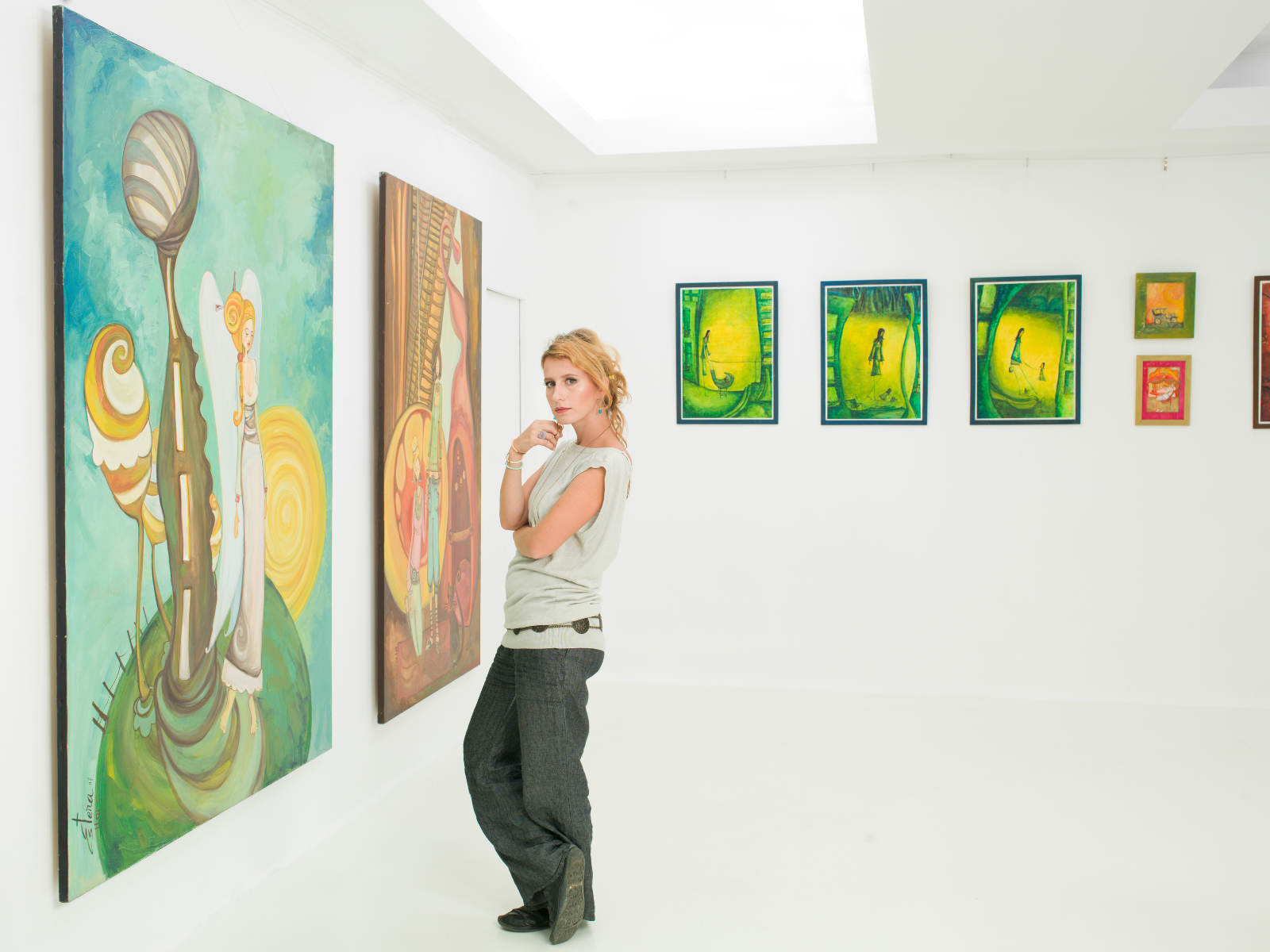


The Evolution of Art Critique in the Digital Age
The digital age has revolutionized the processes involved in creating, sharing, and critiquing art.
With the proliferation of online platforms, the wall between artists and their audience has been significantly lowered, allowing for immediate feedback and a broader range of opinions.
This transformation has made the art critique more accessible but also more challenging.
Critics must now compete with a multitude of voices, each offering their own comment on the artwork.
The principle challenge in this environment is to maintain an authoritative voice that stands out amidst the noise and offers a critique that is both insightful and respected.
Moreover, the medium through which art critiques are delivered has undergone a significant change.
Traditional print publications are being supplemented—or even replaced—by blogs, social media posts, and online art forums.
This shift demands that critics not only write compelling reviews but also understand the nuances of each platform and tailor their content accordingly.
The ability to adapt to these new mediums, engage with the audience in real-time, and provide practical answers to their queries has become an integral part of the art critique process in the digital era.
Strategies for Successful Art Critiques
Despite the challenges, there are strategies artists can use to make art critiques more effective and beneficial.
Firstly, it's essential to approach critiques with an open mind and a willingness to learn.
Artists should take critiques as an opportunity to gain new insights into their work, rather than viewing them as personal attacks.
By being open to feedback, artists can accelerate their learning and refine their skills.
Secondly, it's crucial to build a supportive network of fellow artists who can provide honest and constructive critiques.
This community can offer a more nuanced perspective on an artwork, helping artists to identify strengths and weaknesses they may have missed.
You can also focus on things such as the elements of art and principles of design, to provide a more objective framework for the critique.
This can help to remove some of the subjectivity from the process and offer specific points for improvement.
It's essential to remember that critiques are not about pleasing others or meeting their expectations; they're about personal growth as an artist.
Artists should stay true to their unique vision and style while also being open to new ideas and approaches.
Remember that art is meant to be enjoyed and appreciated, not just critiqued.
Criticism should always come from a place of respect and appreciation for the artist's work and should aim to help them continue to grow and evolve as an artist.
In the end, the hardest part of art critique is not just about providing feedback—it's about fostering a community that values artistic expression and encourages artists to reach their full potential.
So, let us continue to embrace the beauty and complexities of art, while also being mindful of its impact on both the creators and their audience.
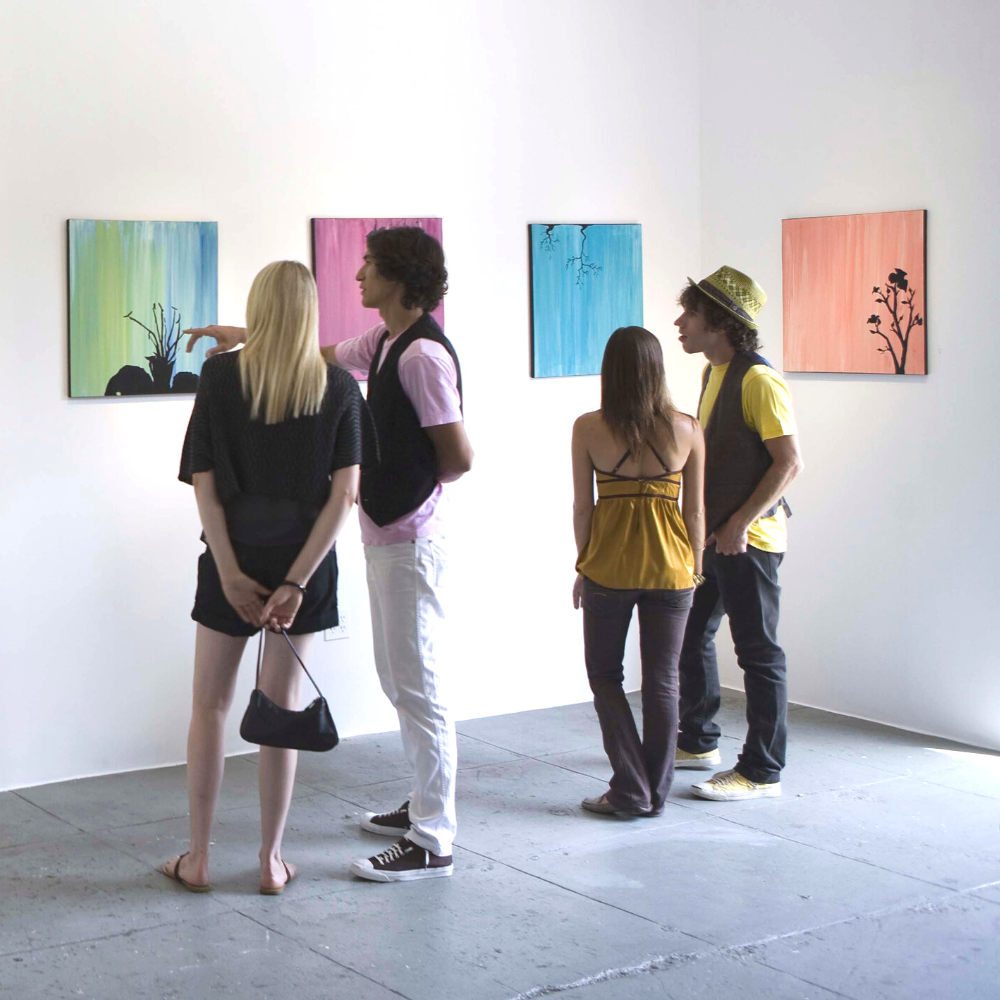
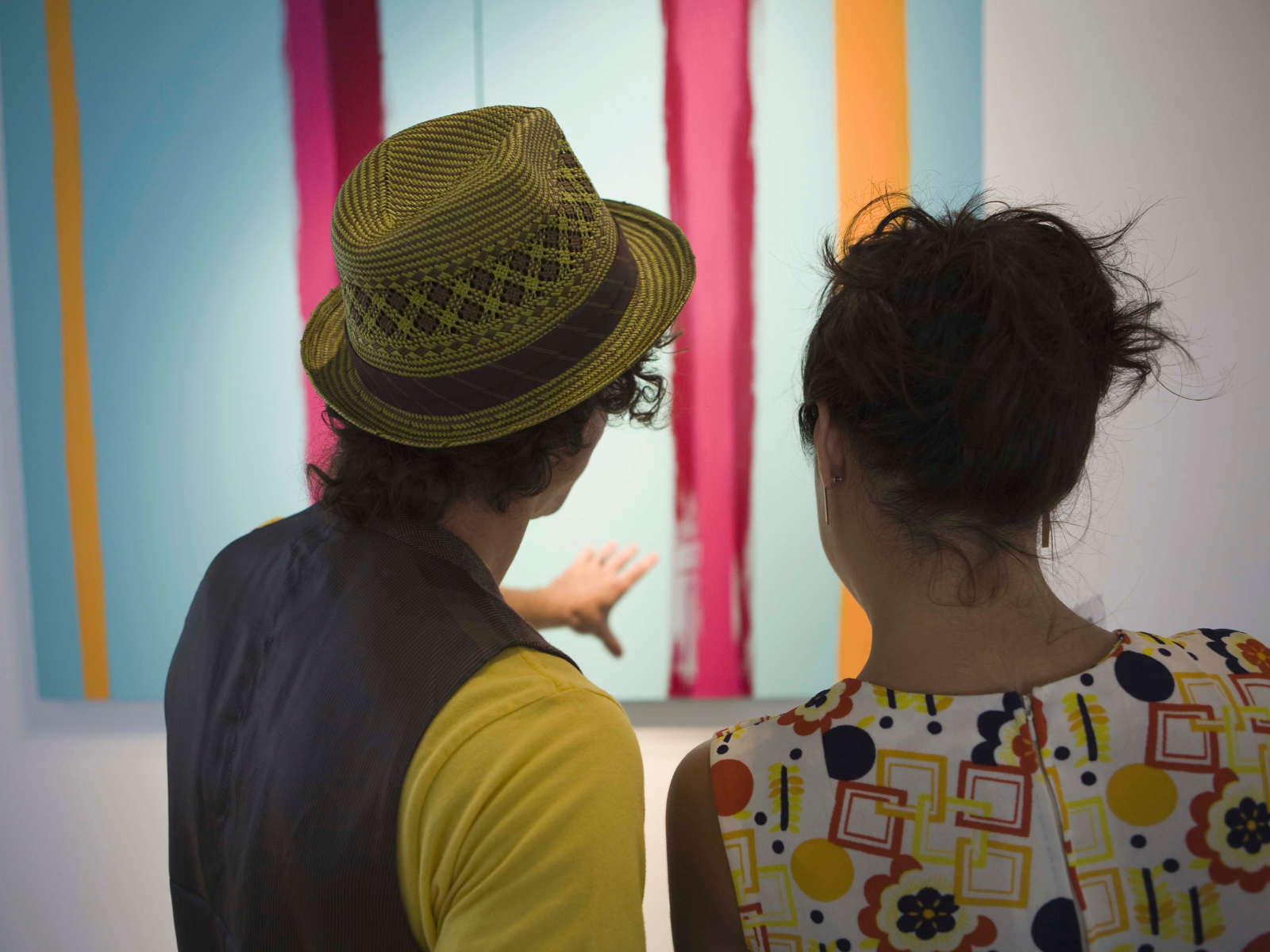

The Importance of Art Critique
Art critique is a crucial aspect of the artistic process, providing artists with valuable insights and helping them to refine their craft.
It's also an essential part of the art world, shaping opinions and influencing the market's value of artwork.
The art of critique is a complex and nuanced endeavor that requires a deep understanding of both the artwork and the language used to discuss it.
However, critiquing artwork is not without its difficulties.
Critics must navigate the subjectivity of interpretation, express their thoughts in a respectful manner, and be mindful of the financial implications of their words.
They must also balance the weight of responsibility while adapting to new mediums and engaging with a diverse audience.
These challenges demand a high level of skill, sensitivity, and self-awareness from critics, making art critique a uniquely demanding and rewarding practice.
Despite these challenges, art critique remains an essential part of artistic growth and appreciation.
By understanding its complexities, we can continue to foster a community that values and supports the diverse expressions of art.
But remember, art is meant to be a shared experience.
Don't be afraid to express your opinions and offer feedback, as this can not only help the artist improve but can also enhance your own understanding and appreciation of the piece.
Use the tips and insights provided in this article to approach art critique with confidence and respect.
So, let us embrace the beauty and complexities of art together, knowing that through critique, we can continue to elevate and celebrate its impact on our lives!



Ready to start analyzing art? Check out Tomas Folan-Hasici's video!
Eager to explore art, creativity, and critiquing?
Check out some of our other articles:
-Giving and receiving feedback
-How do you analyze and critique art?
-How do you evaluate a piece of art?
